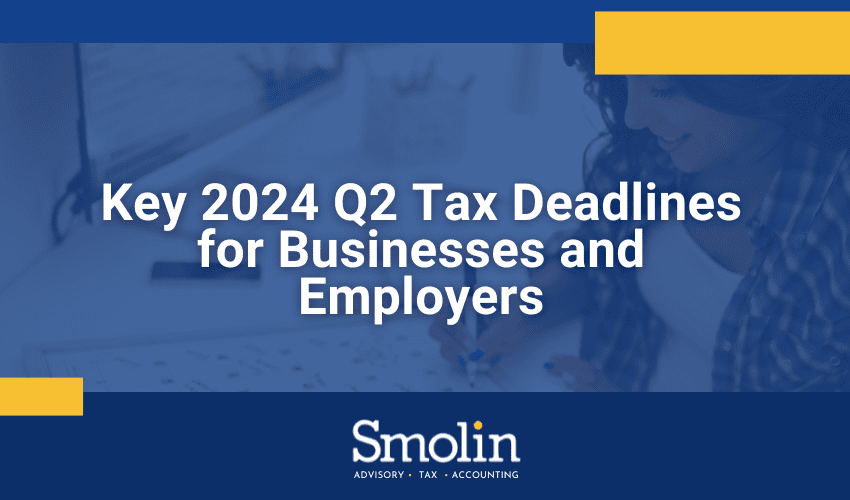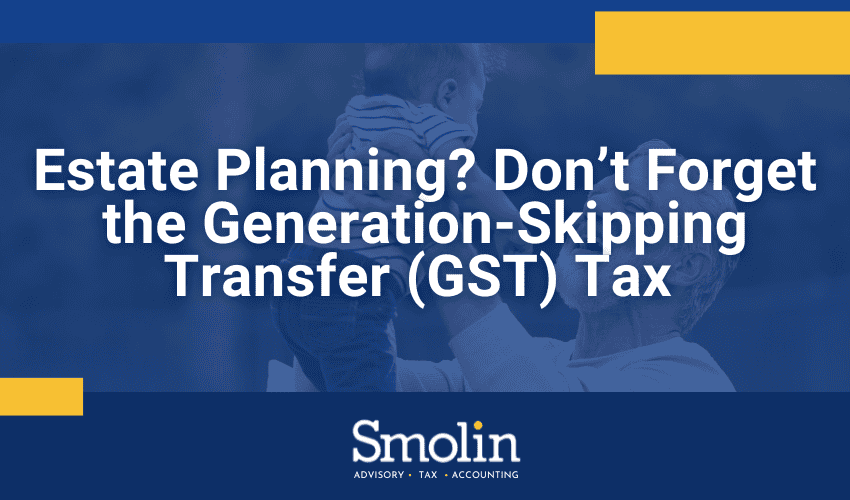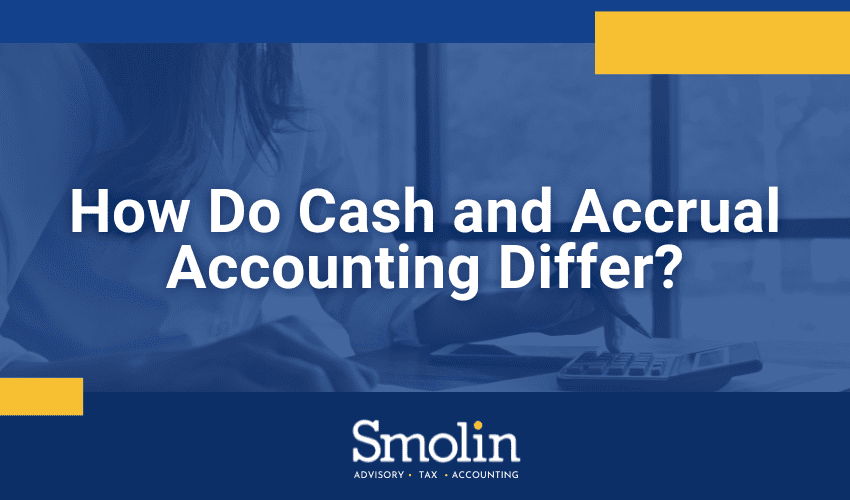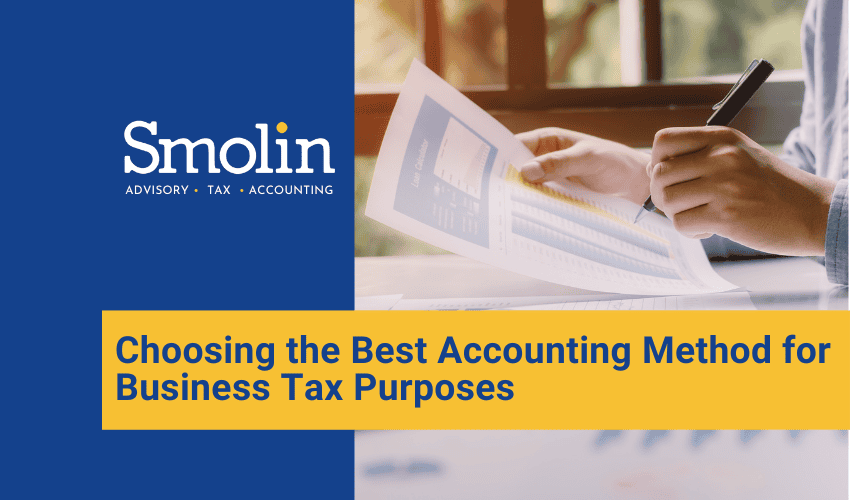The 2023 federal tax filing deadline has come and gone. (Unless, of course, you filed for an extension until October 15.) Whether you’ve already filed or you’re still working on your return, you might have some questions once it’s been filed.
Let’s take a look at three of the most common ones.
1. When can I expect to receive my tax refund?
If you waited until the final hour to file, you may still be waiting for your return. The IRS says nine out of ten taxpayers should see their refunds within 21 days.
If you’re concerned that it’s taking too long, the IRS has an online tool that can help. Just type irs.gov into your browser and click on “Get your refund status.”
Make sure you’re prepared, though. You’ll need:
- Your social security number or individual taxpayer identification number
- Filing status
- Exact refund amount
2. How do I need to keep tax records?
Typically, the statute of limitations for the IRS to audit your return or assess additional taxes is three years after you file your return. Thus, it’s a good idea to hold onto tax records related to your return for at least this long.
However, the statute of limitations is actually six years for taxpayers who underreport their gross income by more than 25%.
It’s a good rule of thumb to keep your actual tax returns indefinitely. That way, you can prove that you filed a legitimate return if needed. (No statute of limitations applies for an audit if you didn’t file a return or you filed a fraudulent one.)
Retirement account records should be kept until three or six years after you’ve depleted the account and reported the last withdrawal on your tax return.
Real estate or other investment records should be kept for as long as you own the asset or until three or six years after you sell it and report the sale on your tax return.
3. What do I do if I fail to report something?
In most cases, you can file an amended tax return on Form 1040-X and claim your refund. You’ll need to do this within three years after the date you filed your original return or within two years of the date you paid the tax, whichever is later.
For example, if you filed a 2023 tax return on April 15, 2024, you’d be able to file an amended return until April 15, 2027.
There are some circumstances in which you could have longer to file an amended return. For example, the statute of limitations for bad debts is longer than the usual three-year time limit for most items on your tax return. Typically, you can amend a tax return to claim a bad debt for seven years after the due date of the tax return for the year that the debt became worthless.
Questions? Smolin can help
Questions about filing an amended return, or accessing your refund? We’re here to help—and not just during tax season! Feel free to contact your Smolin accountant for guidance year-round.









